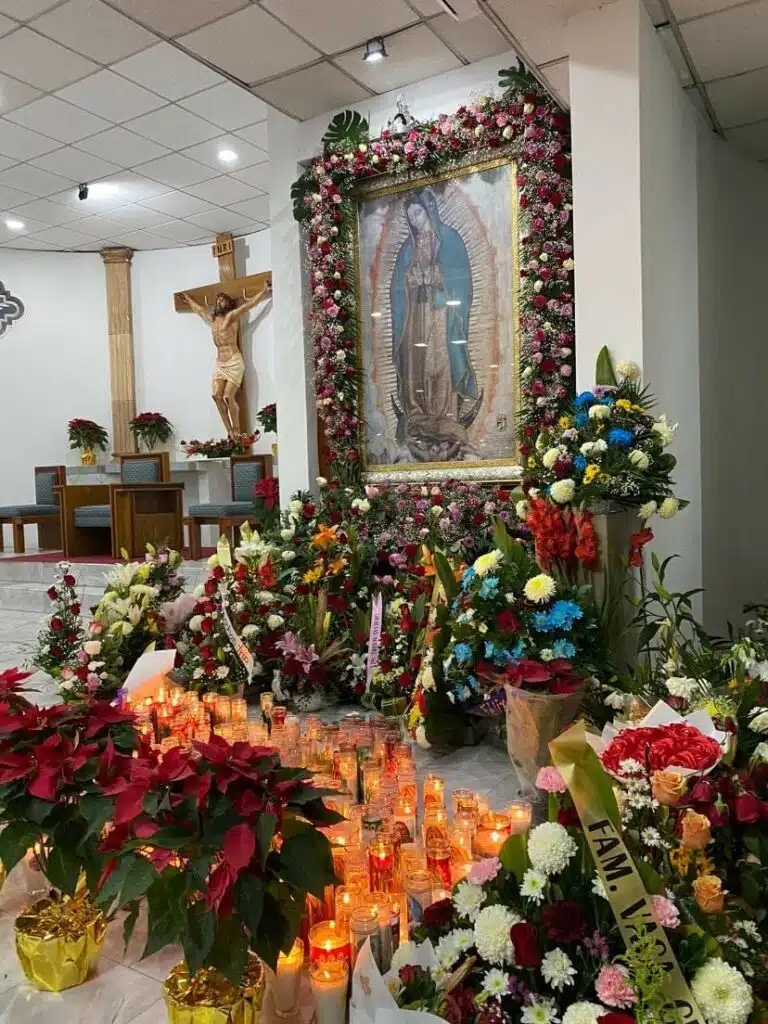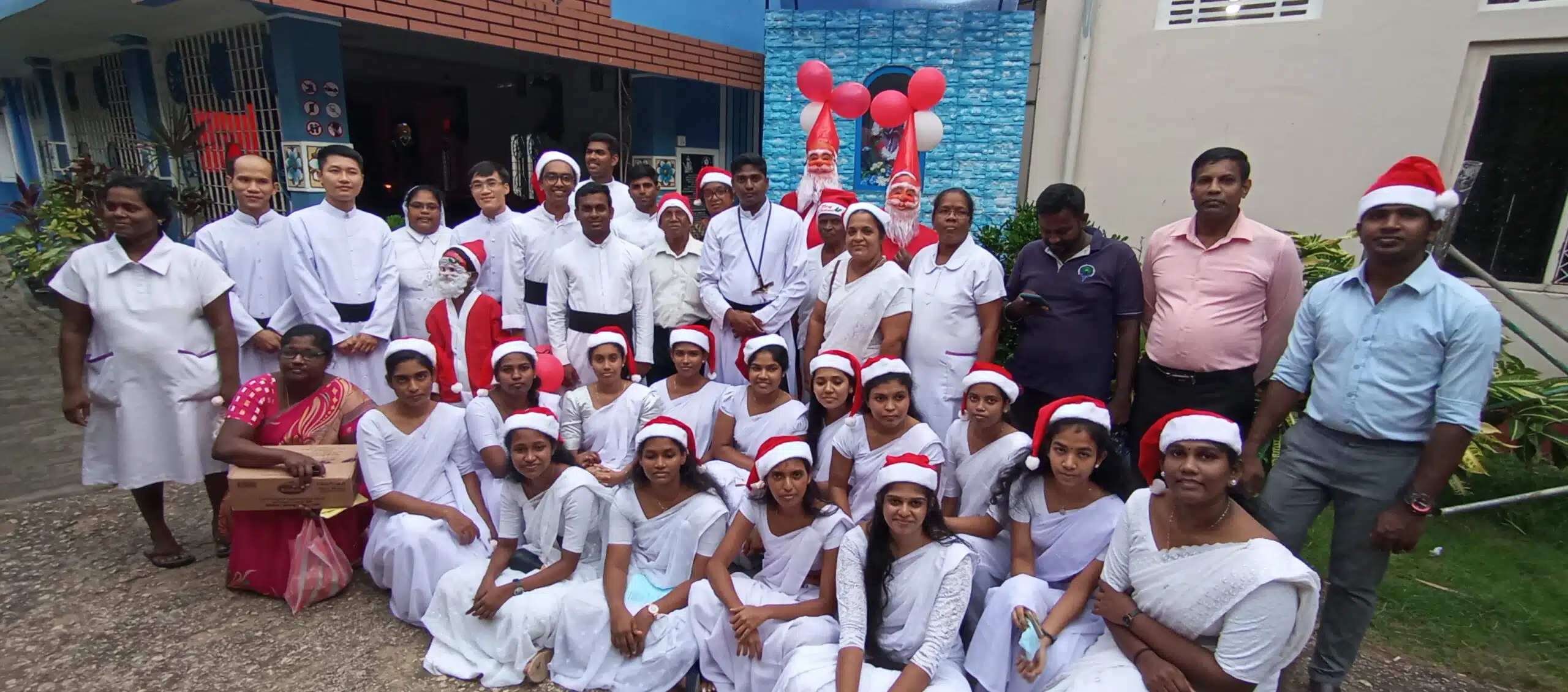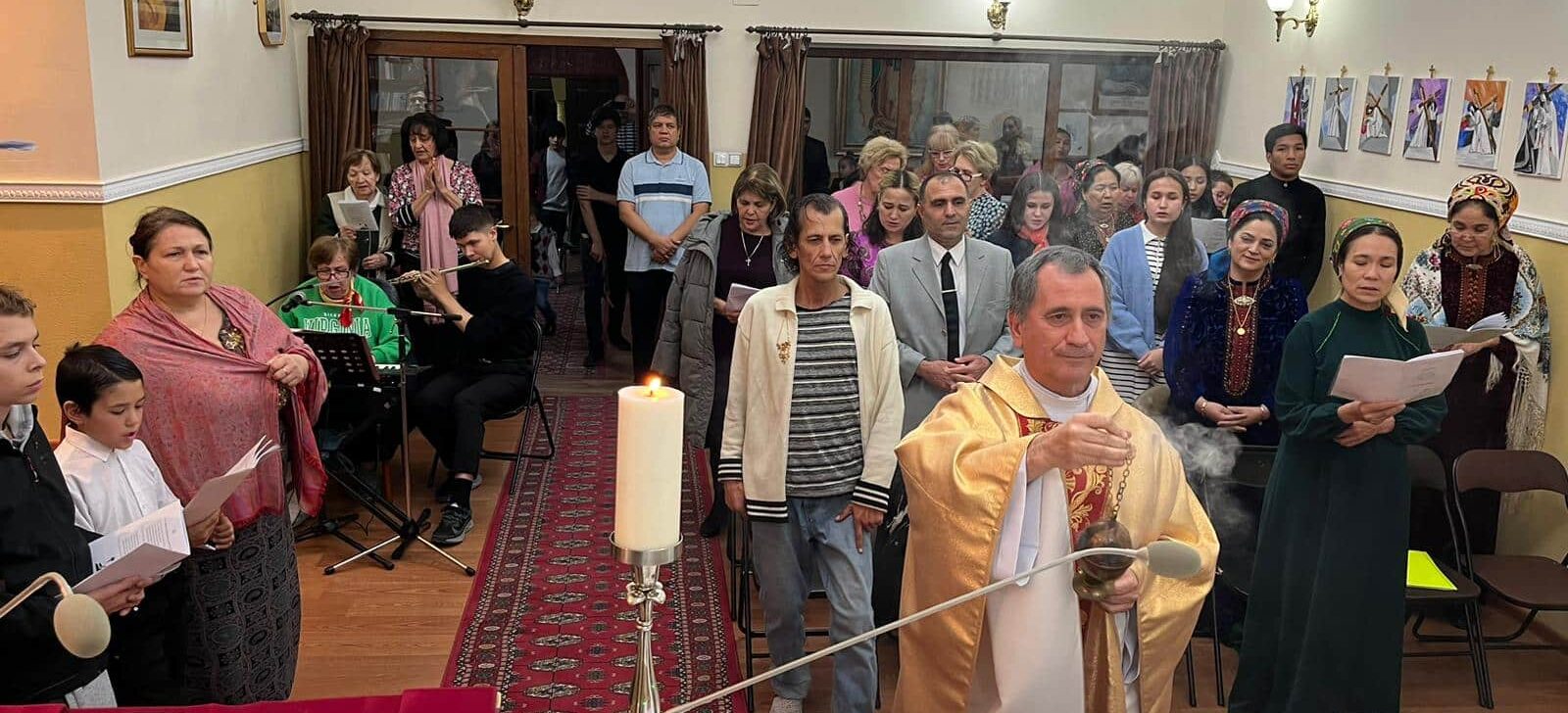Roberto TOLENTINO, OMI
“From the heavens on a beautiful morning, La Guadalupana, La Guadalupana, La Guadalupana descended to Tepeyac hill.” This refrain echoes through the streets of Mexico during the festive celebration of Santa María de Guadalupe, a joyous occasion that pays homage to the Brown Virgin or “La Morenita.”
The Virgin Mary graced the Mexican people with her presence
The roots of this celebration trace back to 1531 when the Virgin Mary graced the Mexican people with her presence. She expressed a desire to intimately share in their challenges, triumphs, aspirations, and dreams. With features distinctive of a Mestiza, she appeared as an indigenous woman, delivering a profound request to construct a temple. This sacred structure would serve as a testament to her boundless compassion for the people of Mexico. Over time, this feast has evolved into a beloved celebration, commemorating the Virgin’s pivotal role in shaping our collective identity, fostering a sense of brotherhood, and endowing us with the capacity, through her contemplation, to reconcile and recognize one another as true brothers and sisters. It stands out as a unique celebration marked by unparalleled joy.
In neighborhoods across cities, fields, and towns, the novena to the Virgin kicks off every December, accompanied by vibrant displays of fireworks, the aroma of tamales, the warmth of atole, and the comfort of coffee. Communities engage in processions, rosaries, and gatherings, cultivating a sense of extended family in their neighborhoods.

Pilgrims at the Basilica of our Lady of Guadalupe
Pilgrimages to the Basilica of Guadalupe are ceaseless
The night of December 11 holds a distinctive flavor as neighborhoods come alive with celebrations of the Word, Eucharistic ceremonies, and rosaries. Altars adorn corners and streets, filled with attendees sharing stories of the Guadalupana’s impact, offering gatherings and hosting dances in her honor. On December 12, pilgrimages to the Basilica of Guadalupe are ceaseless. The basilica is a bustling hub of pilgrims on bicycles, motorcycles, walking, or running with torches, hailing from different corners of the country, all aspiring to reach the altar of “La Morenita,” as affectionately called by St. John Paul II. In factories and workplaces, it’s likely the only day when employers engage with their employees, convening for a Mass, a word celebration, and some form of festive gathering.
Oblates remain close to the people
As Oblates, we actively participate in these activities, immersing ourselves in the expressions of popular piety, joining pilgrimages, and demonstrating our faith. We stand in solidarity with communities during their faith celebrations in villages and visit altars, factories, and city offices. We listen to the people’s cries, being close to them, sharing not just prayers, walks, blessings, but also the essentials of life—bread and salt. Placing at the feet of the Virgin the cries of the people of God who make a pilgrimage in our country, we consistently remain close to the people, appreciating their annual effort to pray and share. This Feast is more than an opportunity to pray; it’s a transformative experience, inviting us to become and recognize ourselves as brothers and sisters, fostering community, and building fraternity. It’s a chance to contribute actively to the construction of a better society.
Santa María de Guadalupe, Queen of Peace, we entrust you with our homeland and seek an increase in our faith.





